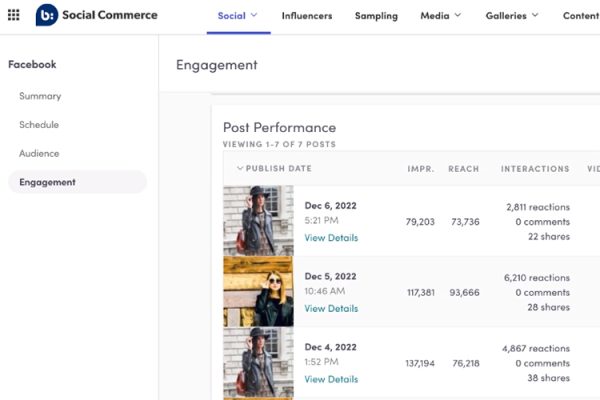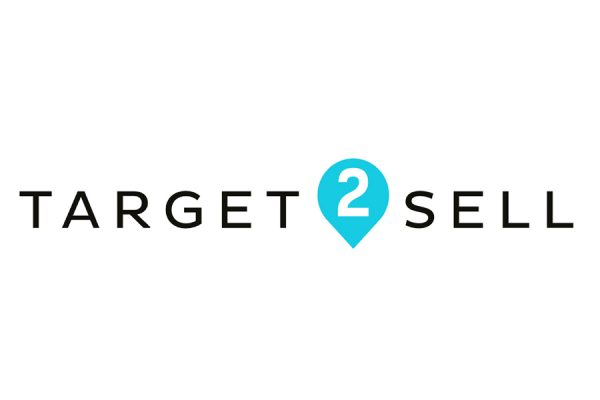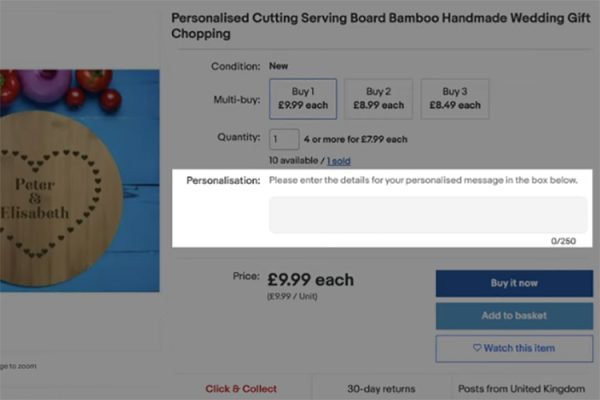Marketers acknowledge the value of personalising content and communications: it increases loyalty, drives higher conversions and grows revenue.
Despite this consensus, the journey to true 1-to-1 personalisation can appear daunting from the outset. While there may be challenges associated with the implementation process, it’s often lack of knowledge and fear of the unknown that hold teams back from moving beyond optimisation to create truly personal experiences.
You can skirt this impediment by arming yourself with an understanding of the types of obstacles that businesses typically face – they might not be what you expect – and proven strategies for overcoming them.
Know your organisation – and its potential complications
While teams may fixate on hurdles like data integration or automating at scale, it’s equally critical to plan for organisational challenges. In fact, the study found that 91 per cent of senior marketers cite organisational constraints as among the biggest obstacles to surpassing segmentation. For example, departmental silos can make it difficult to earn and sustain commitment from important stakeholders, and to hold people to account for meeting personalisation goals. Ultimately, it’s how you address those obstacles that will determine your success: most likely, the personalisation provider that you choose can help you navigate the technical challenges of implementation, but only someone with a deep understanding of the structure and culture of your business – that’s you – can anticipate the factors that will be most crucial to the success of your personalisation strategy.
Create a consistent cross-channel experience
A further barrier to delivering a more relevant, engaging personalised experience is the ability to create cross-channel consistency: 41 per cent of brands cite an inability to synchronise customer experience across channels and devices. This is not only frustrating for customers who want to shop from multiple devices, but has a detrimental effect on overall ROI. Your messaging only reaches its fullest impact when it is personalised for each customer across all of their interactions with you, no matter the channel.
Segmentation still delivers impact
For those that are able to successfully segment different customer groups, financial rewards await. Premium grocery retailer Waitrose has seen an increase in online orders by 24 per cent year-on-year since implementing a personalisation strategy that allows new and existing customers to be targeted with different experiences when they visit the site. Implementing a personalisation strategy has not only allowed the brand to remain a key competitor in the thriving grocery market, but means that their reputation for customer experience is continued online too.
Top takeaways: Concrete steps to maximise your ROI
We’ve seen the results of personalisation at companies like Amazon, Newegg and JD Williams, who have moved above and beyond segments to offering much more individualised experiences. However, only six per cent of organisations report that they are advanced in implementing their personalisation strategy. Given the clear commercial benefits, it’s more important than ever to address the organisational challenges that hinder progress. The following tips can help turn your personalisation efforts into a solid return on investment (ROI):
Measurement
Using a system for measuring personalisation pays off in both revenue and profitability. Those who receive the most ROI from their personalisation efforts are also the biggest profitability winners. The study showed that 88 per cent of those that exceeded revenue expectations have personalisation measurement systems in place – this is compared to only 42 per cent that missed goals and 47 per cent that met them. Moreover, 95 per cent of those that get 3x+ ROI from their personalisation efforts also increased profitability overall as a business.
Documented strategy
Documentation has a direct correlation to an organisation’s commitment to a personalisation strategy and its subsequent success. 79 per cent of businesses that exceeded revenue goals have a documented personalisation strategy, compared to only 31 per cent of those that met goals and eight per cent of those that missed revenue goals.
Dedicated resources
You might expect that companies with the highest percent of people dedicated to personalisation would have the highest rates of success. In fact, the opposite is true. Nearly half, 48 per cent, of those that exceeded revenue goals don’t have a dedicated person on personalisation, compared to 23 per cent for those that met and 17 per cent for those that missed their revenue goals. At first this sounds shocking, but it is, in fact, a reflection of their maturity: it’s a sign that those organisations have moved away from experimenting with personalisation, and have ingrained the practice throughout the operation as a normal course of business. The most successful businesses view personalisation not as a side project, but as an integrated part of their ecommerce and marketing operations. It is a charter for everyone, not just someone.
Financial incentives & budget allocation
Nothing communicates organisational priority like clear dedication of finances: among the companies represented in the study, those that exceeded revenue goals use financial incentives for personalisation 83 per cent of the time, compared to 23 per cent for those that met and 17 per cent for those that missed revenue goals. A dedicated budget is also an indicator of an organisation’s commitment: companies with a dedicated personalisation budget are the most successful revenue generators, exceeding their goals 83 per cent of the time, compared to 28 per cent for those that met and 33 per cent for those that missed revenue goals. And that budget is increasing at a higher rate than for underperforming peers. 88 per cent of those that exceeded revenue goals are increasing budget for personalisation in 2017 compared to 21 per cent of those that met and 33 per cent of those that missed revenue goals. By budgeting and creating financial incentives related to personalisation, these brands are making it clear to their teams that personalisation is a priority.
If you focus on improving in these areas, you can put your business in a strong position to offer better experiences for customers – and reap the financial benefits that follow. In a competitive market, the battle for ROI is something that brands and retailers alike cannot afford to ignore.








